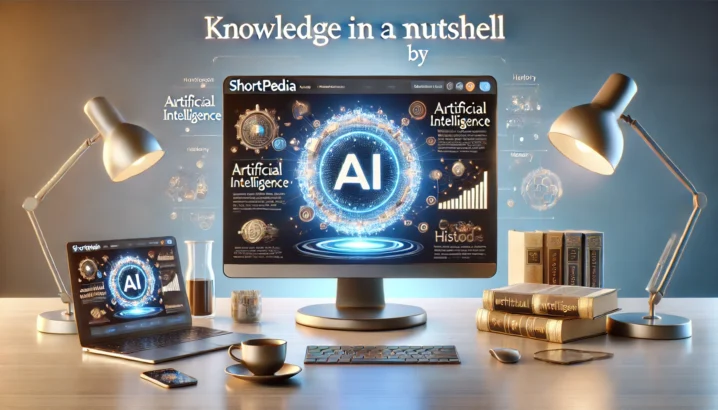Graphics: The Visual Language of Our Time
Imagine a world without pictures or designs to guide us—wouldn’t it be like wandering in the dark? Graphics are more than just pretty images; they’re the visual language that helps us understand and navigate our world. From ancient cave paintings to modern digital animations, graphics have been an integral part of human communication for millennia.
The Origins of Graphics
When did humans first start using graphics? The earliest known graphics date back to the Upper Palaeolithic period, around 40,000 to 10,000 B.C. These were simple yet profound—cave paintings and markings on boulders, bone, ivory, and antlers. They tell us that even our ancestors recognized the power of visual communication.
From Stone Tablets to Screens
Think about it: from engraved stone tablets in ancient civilizations like Egypt and Greece to today’s digital screens, graphics have evolved dramatically but still serve the same purpose—communicating ideas and information.
Drawing Techniques Through Time
How do you create a drawing? Drawing involves making marks on a surface by applying pressure from a tool or moving a tool across it. Over time, techniques like woodblock printing, engraving, etching, and more have been developed to enhance the art of visual communication.
The Art of Etching
Etching is an intaglio method that involves incising an image into a metal plate using acid. This technique was famously used by Albrecht Dürer in the 16th century to decorate armor, and later in the manufacturing of printed circuit boards and semiconductor devices.
The Digital Revolution
How have computer graphics changed our world? In the 1950s and 1960s, research projects at institutions like MIT, General Motors, and Bell Labs began exploring computer graphics. Ivan Sutherland’s Sketchpad in 1962 was a groundbreaking invention that influenced how we interact with computers today.
The Evolution of Computer Graphics
What are the two main types of computer graphics? Raster graphics use pixels to define each image, while vector graphics use mathematical formulas to draw lines and shapes. These technologies have revolutionized everything from video games to animation films like Toy Story.
The Future of Graphics
Where are we headed with computer graphics? Advances in computers and software applications like Maya, 3D Studio Max, and Cinema 4D have made graphics more accurate and detailed. Consumer-level 3D graphics acceleration hardware has become common, making it easier for everyone to create stunning visuals.
The Role of Graphics in Business
How do businesses use graphics? In business, graphics are used for financial charts, tables, and highlighting changes over time. They help point readers to information, supplement text, and aid understanding. From educational animations to advertising sales of goods or services, the uses of graphics are vast.
The Political Power of Graphics
Can graphics be overtly political? Absolutely! Graphics can be used for overtly political purposes such as cartoons, graffiti, poster art, flag design, and murals. They have the power to influence public opinion and spark conversations.
The Future of Graphic Design
As we move forward, the role of graphics in our lives will only grow more significant. From enhancing educational content to driving business success, graphics are a powerful tool that continues to evolve with technology.
Graphics are used in various contexts, including pointing readers to information, supplementing text, creating graphical interfaces for users, advertising sales of goods or services, and business graphics for financial charts and tables. Overtly political purposes such as cartoons, graffiti, poster art, flag design, and murals also benefit from the power of visual communication.

You want to know more about Graphics?
This page is based on the article Graphics published in Wikipedia (retrieved on February 2, 2025) and was automatically summarized using artificial intelligence.




